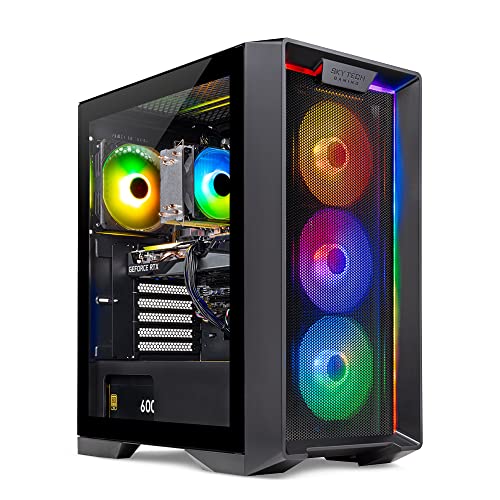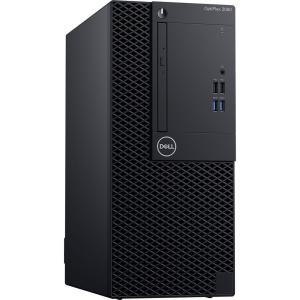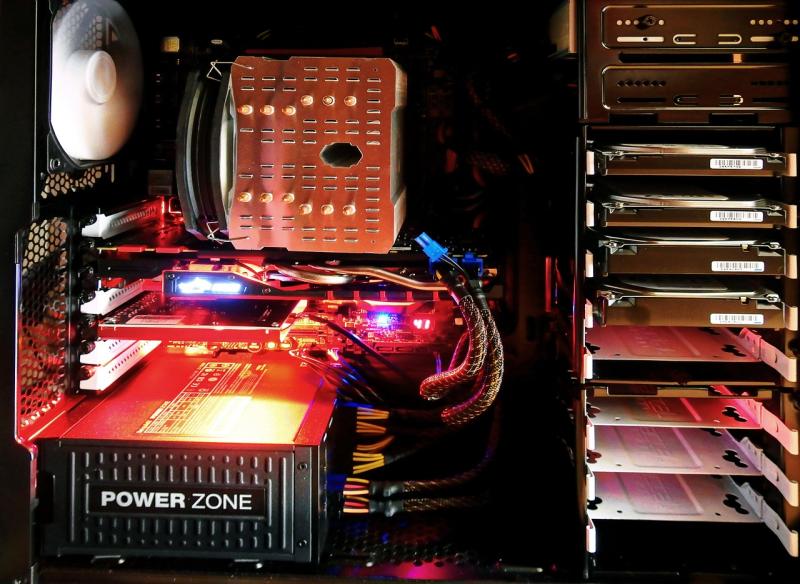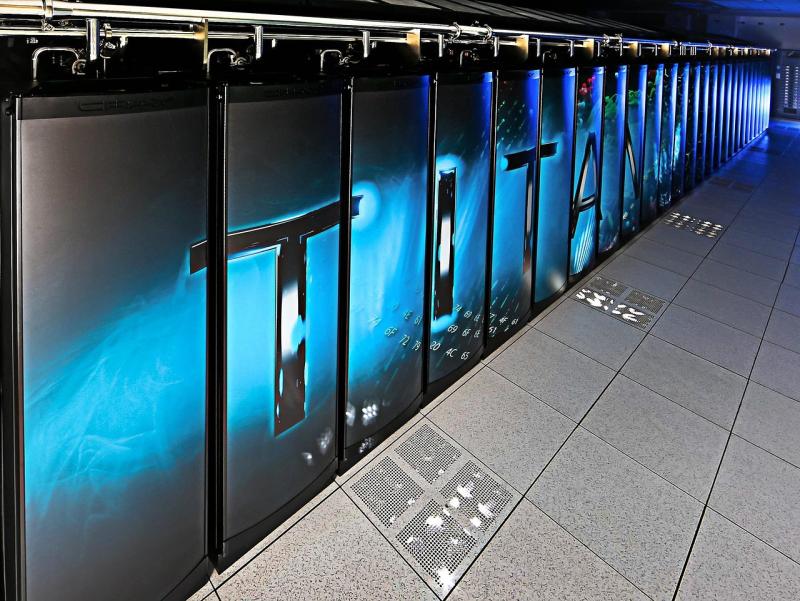**Introduction**
The rise of cloud gaming has shifted how gamers access and enjoy content, but achieving truly low‑latency experiences remains a challenge when processing is done remotely. Distributed gaming architectures combine the best aspects of local processing with cloud and edge computing to deliver unparalleled responsiveness. This article explores the innovations behind distributed gaming systems, their real‑world benefits, and how they are paving the way for a new era of seamless, globally interconnected gaming.
**Technological Innovations**
- **Edge Computing Integration:**
By processing data on edge servers located close to end‑users, latency is drastically reduced, enabling near‑real‑time gameplay and improved responsiveness.
- **Hybrid Cloud Architectures:**
Modern systems blend local processing power with cloud resources, intelligently distributing workloads to optimize performance and responsiveness.
- **AI‑Driven Network Optimization:**
Machine learning algorithms continuously monitor network traffic and performance, dynamically routing data to minimize delays and ensure smooth gameplay.
- **Adaptive Streaming Protocols:**
Innovations in adaptive streaming allow for variable data quality, dynamically adjusting based on connection strength to maintain a consistent gaming experience even under fluctuating network conditions.
**Applications and Benefits**
- **Global Multiplayer Gaming:**
Distributed architectures enable competitive gaming on a global scale, where players in different regions can enjoy low‑latency, synchronized experiences.
- **Seamless Content Streaming:**
Gamers and streamers benefit from smooth integration of high‑definition graphics and responsive inputs—key for live broadcasts and competitive play.
- **Enhanced Accessibility:**
Lower local hardware requirements allow users with modest systems to access high‑performance gaming experiences via cloud and edge integration.
- **Cost‑Effective Scalability:**
Offloading processing to cloud and edge servers reduces the need for constant hardware upgrades, making it a scalable solution for both individuals and enterprises.
**Future Directions**
Future distributed gaming solutions will focus on further reducing latency with the advent of 6G and AI‑driven network management, ensuring near‑instantaneous data transfer on a global scale. Enhanced integration with VR and AR could also redefine multi‑dimensional gaming experiences, opening up new realms of digital interactivity.
**Keywords:** distributed gaming, edge computing, cloud gaming, low latency gaming, AI network optimization, adaptive streaming, global multiplayer, hybrid gaming architecture, future‑proof gaming
Distributed Gaming Architectures
Leveraging Cloud and Edge for Low‑Latency Play
Related Articles
Essential High-Performance PC Components You Need Now
Upgrade your setup with the must-have parts for unbeatable gaming and productivity
Top Picks for Best High-Performance PCs
Find the perfect power machine for gaming, work, or creative projects
Your Guide to the Best High-Performance PCs
Find the Right PC for Your Gaming and Creative Needs
View our related products
See more






